| 1 |
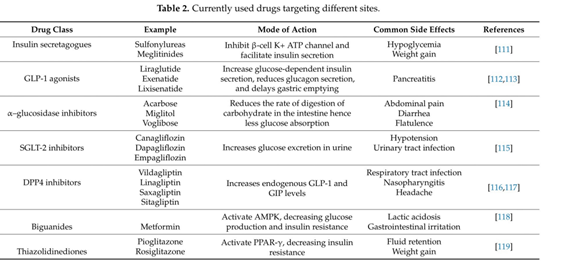
|
3. α-glucosidase inhibitors |
|
Alpha-glucosidase inhibitors are saccharides that act as competitive inhibitors of enzymes needed to digest carbohydrates: specifically alpha-glucosidase enzymes in the brush border of the small intestines. |
|
7 |
-.50
-.25
+.25
เต็ม
0
-35%
+30%
+35%
|
| 2 |
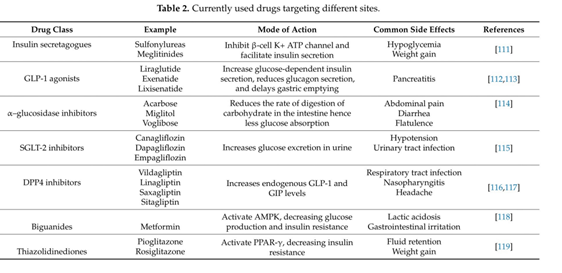
|
2. DPP4 |
|
Dipeptidyl peptidase-4, also known as adenosine deaminase complexing protein 2 or CD26 is a protein that, in humans, is encoded by the DPP4 gene. DPP4 is related to FAP, DPP8, and DPP9. |
|
7 |
-.50
-.25
+.25
เต็ม
0
-35%
+30%
+35%
|
| 3 |
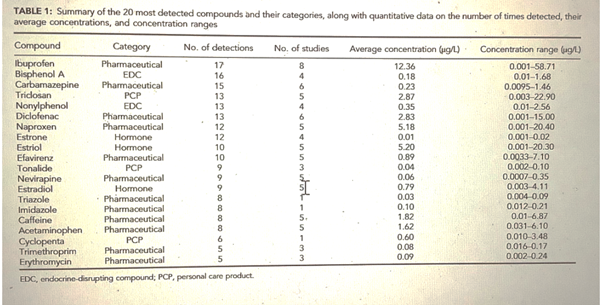
|
5. EDP |
|
|
|
7 |
-.50
-.25
+.25
เต็ม
0
-35%
+30%
+35%
|
| 4 |
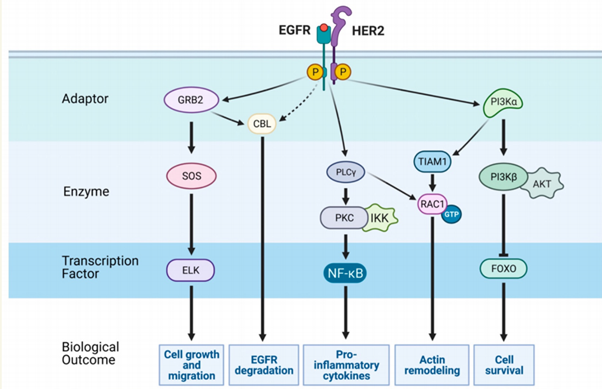
|
3. CBL |
|
The epidermal growth factor receptor (EGFR) has served as the founding member of the large family of growth factor receptors harboring intrinsic tyrosine kinase function. High abundance of EGFR and large internal deletions are frequently observed in brain tumors, whereas point mutations and small insertions within the kinase domain are common in lung cancer. For these reasons EGFR and its preferred heterodimer partner, HER2/ERBB2, became popular targets of anti-cancer therapies. Nevertheless, EGFR research keeps revealing unexpected observations, which are reviewed herein. Once activated by a ligand, EGFR initiates a time-dependent series of molecular switches comprising downregulation of a large cohort of microRNAs, up-regulation of newly synthesized mRNAs, and covalent protein modifications, collectively controlling phenotype-determining genes. In addition to microRNAs, long non-coding RNAs and circular RNAs play critical roles in EGFR signaling. Along with driver mutations, EGFR drives metastasis in many ways. Paracrine loops comprising tumor and stromal cells enable EGFR to fuel invasion across tissue barriers, survival of clusters of circulating tumor cells, as well as colonization of distant organs. We conclude by listing all clinically approved anti-cancer drugs targeting either EGFR or HER2. Because emergence of drug resistance is nearly inevitable, we discuss the major evasion mechanisms. |
|
7 |
-.50
-.25
+.25
เต็ม
0
-35%
+30%
+35%
|
| 5 |
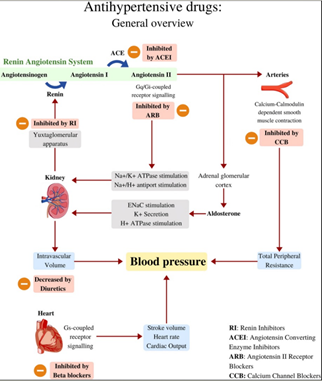
|
5. IRB |
|
|
|
7 |
-.50
-.25
+.25
เต็ม
0
-35%
+30%
+35%
|
| 6 |
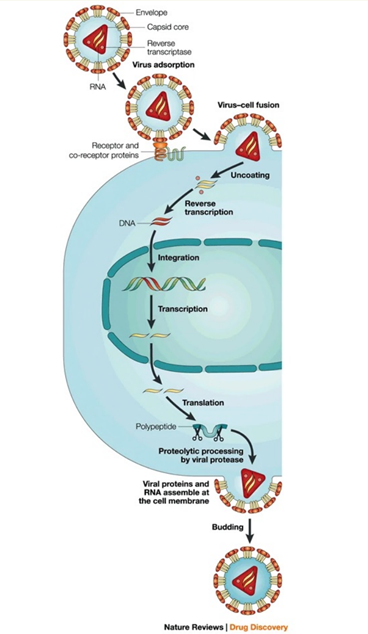
|
5. CCB |
|
Phages reproduce using lytic or lysogenic cycles. The phages are the best understood of all viruses, although some of them are also among the most complex. Research on phages led to the discovery that some double-stranded DNA viruses can reproduce by two alternative mechanisms: the lytic cycle and the lysogenic cycle. |
|
7 |
-.50
-.25
+.25
เต็ม
0
-35%
+30%
+35%
|
| 7 |
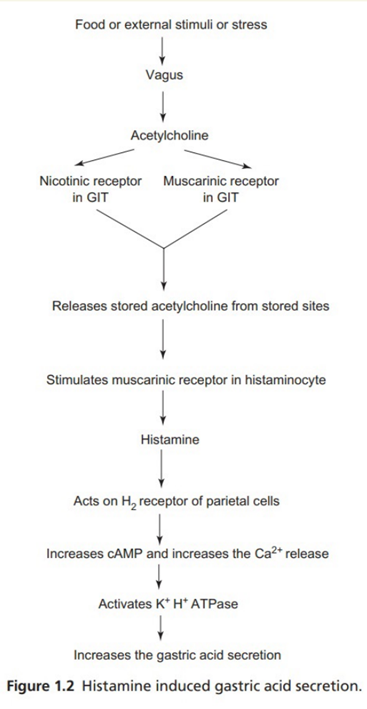
|
3. Target |
|
|
|
7 |
-.50
-.25
+.25
เต็ม
0
-35%
+30%
+35%
|
| 8 |
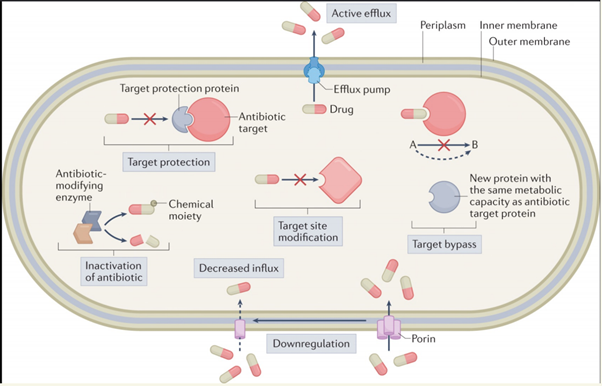
|
2. NQO1 |
|
|
|
7 |
-.50
-.25
+.25
เต็ม
0
-35%
+30%
+35%
|
| 9 |
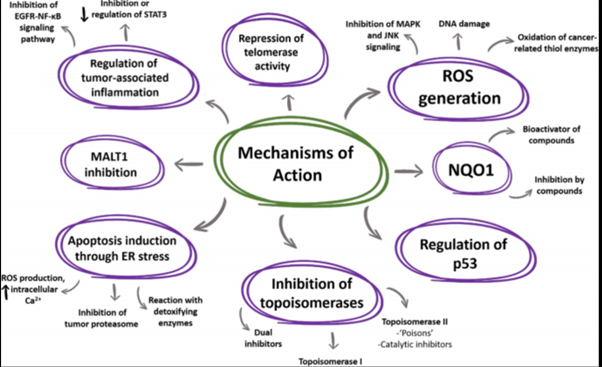
|
5. NRTs |
|
Drug resistance is the reduction in effectiveness of a medication such as an antimicrobial or an antineoplastic in treating a disease or condition. The term is used in the context of resistance that pathogens or cancers have "acquired", that is, resistance has evolved. Antimicrobial resistance and antineoplastic resistance challenge clinical care and drive research. When an organism is resistant to more than one drug, it is said to be multidrug-resistant. |
|
7 |
-.50
-.25
+.25
เต็ม
0
-35%
+30%
+35%
|
| 10 |
Vitamin C ไม่มีความเกี่ยวข้องอะไรกับโรคเบาหวาน
|
4. เป็น antioxidant |
|
|
|
7 |
-.50
-.25
+.25
เต็ม
0
-35%
+30%
+35%
|
| 11 |
ข้อใดเกี่ยวข้องกับ Astrocyte reactivity
|
4. longitudinal tau tangle accumulation |
|
Astrocytes are neural parenchymal cells that ubiquitously tile the central nervous system (CNS). In addition to playing essential roles in healthy tissue, astrocytes exhibit an evolutionarily ancient response to all CNS insults, referred to as astrocyte reactivity. Long regarded as passive and homogeneous, astrocyte reactivity is being revealed as a heterogeneous and functionally powerful component of mammalian CNS innate immunity. Nevertheless, concepts about what astrocyte reactivity comprises and what it does are incomplete and sometimes controversial. This review discusses the goal of differentiating reactive astrocyte subtypes and states based on composite pictures of molecular expression, cell morphology, cellular interactions, proliferative state, normal functions, and disease-induced dysfunctions. A working model and conceptual framework is presented for characterizing the diversity of astrocyte reactivity. |
|
7 |
-.50
-.25
+.25
เต็ม
0
-35%
+30%
+35%
|
| 12 |
ข้อใดเกี่ยวข้องกับ combination of drugs targeting Aβ
|
5. ถูกมากกว่า 1 ข้อ |
|
Alzheimer’s disease (AD) is a neurodegenerative old age disease that is complex, multifactorial, unalterable, and progressive in nature. The currently approved therapy includes cholinesterase inhibitors, NMDA-receptor antagonists and their combination therapy provides only temporary symptomatic relief. Sincere efforts have been made by the researchers globally to identify new targets, discover, and develop novel therapeutic agents for the treatment of AD. This brief review article is intended to cover the recent advances in drug development and emerging therapeutic agents for AD acting at different targets. The article is compiled using various scientific online databases and by referring to clinicaltrials.gov and ALZFORUM (alzforum.org) websites. The upcoming therapies act on one or more targets including amyloids (secretases, Aβ42 production, amyloid deposition, and immunotherapy), tau proteins (tau phosphorylation/aggregation and immunotherapy) and neuroinflammation in addition to other miscellaneous targets. Despite the tremendous improvement in our understanding of the underlying pathophysiology of AD, only aducanumab was approved by FDA for the treatment of AD in 18 years i.e., since 2003. Hence, it is concluded that novel therapeutic strategies are required to discover and develop therapeutic agents to fight against the century old AD. |
|
7 |
-.50
-.25
+.25
เต็ม
0
-35%
+30%
+35%
|
| 13 |
ข้อใดคือ population-based study cohort
|
1. MYHAT |
|
|
|
7 |
-.50
-.25
+.25
เต็ม
0
-35%
+30%
+35%
|
| 14 |
ข้อใดเกี่ยวข้องกับ Environmental toxicology
|
5. All |
|
Environmental toxicology is a multidisciplinary field of science concerned with the study of the harmful effects of various chemical, biological and physical agents on living organisms. |
|
7 |
-.50
-.25
+.25
เต็ม
0
-35%
+30%
+35%
|
| 15 |
ข้อใดเกี่ยวข้องกับ Histamine
|
4. CN7 |
|
Histamine is a chemical that is found in many living organisms and has various functions. |
|
7 |
-.50
-.25
+.25
เต็ม
0
-35%
+30%
+35%
|
| 16 |
ข้อใดเกี่ยวไม่ข้องกับ Environmental toxicology
|
3. pesticides |
|
|
|
7 |
-.50
-.25
+.25
เต็ม
0
-35%
+30%
+35%
|
| 17 |
ข้อใดไม่เกี่ยวข้องกับ drug research in cancer
|
3. personalized treatment |
|
|
|
7 |
-.50
-.25
+.25
เต็ม
0
-35%
+30%
+35%
|
| 18 |
scientific study of the properties of toxins คืออะไร
|
1. toxicology |
|
Toxicology is a scientific discipline, overlapping with biology, chemistry, pharmacology, and medicine, that involves the study of the adverse effects of chemical substances on living organisms and the practice of diagnosing and treating exposures to toxins and toxicants. |
Toxicology is a field of science that helps us understand the harmful effects that chemicals, substances, or situations, can have on people, animals, and the environment. Some refer to toxicology as the “Science of Safety” because as a field it has evolved from a science focused on studying poisons and adverse effects of chemical exposures, to a science devoted to studying safety.
Toxicology uses the power of science to predict what, and how chemicals may cause harm and then shares that information to protect public health. When talking about toxicology it is important to keep a few things in mind. |
7 |
-.50
-.25
+.25
เต็ม
0
-35%
+30%
+35%
|
| 19 |
ข้อใดไม่เกี่ยวข้องกับ DREs
|
4. associative anesthetics |
|
|
|
7 |
-.50
-.25
+.25
เต็ม
0
-35%
+30%
+35%
|
| 20 |
ข้อใดเกี่ยวข้องกับ Amphiphilic polymers
|
2. hydrophobic core |
|
An amphiphile, or amphipath, is a chemical compound possessing both hydrophilic and lipophilic properties. Such a compound is called amphiphilic or amphipathic. |
|
7 |
-.50
-.25
+.25
เต็ม
0
-35%
+30%
+35%
|